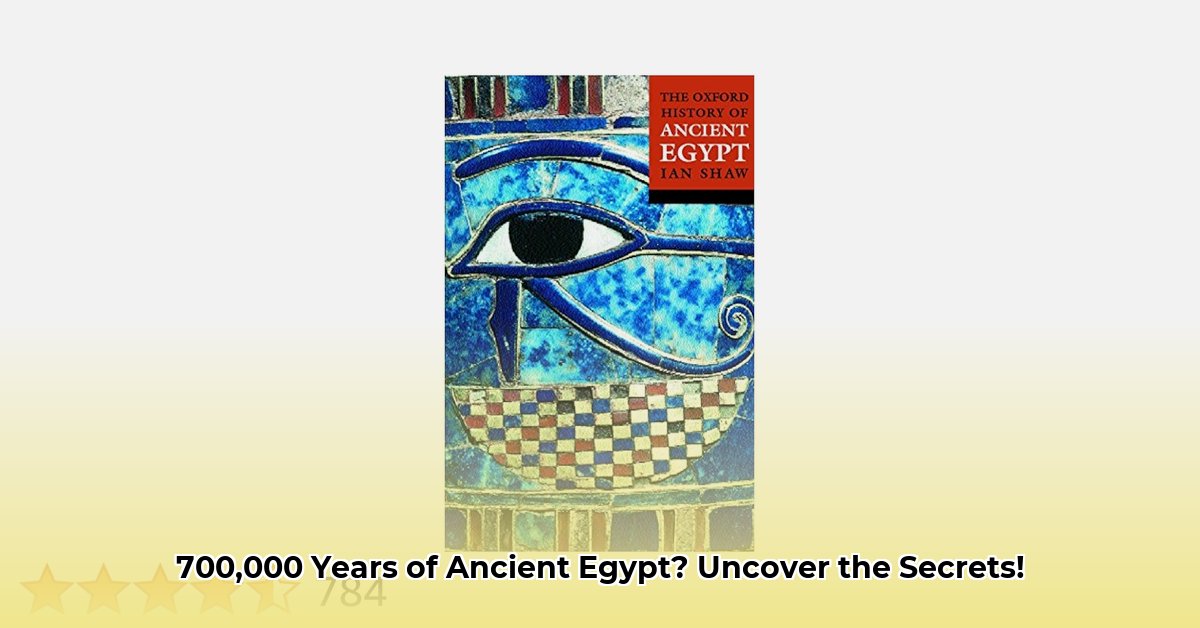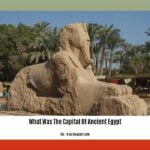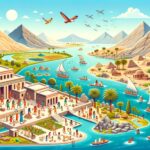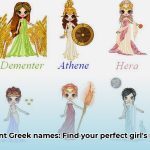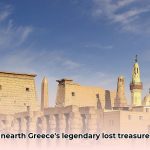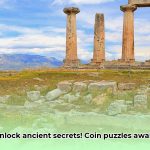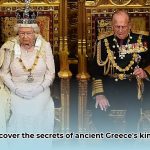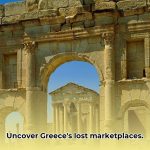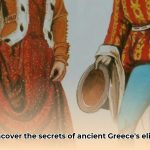Have you ever truly grasped the immensity of Egypt’s past? The Oxford History of Ancient Egypt bravely chronicles a 700,000-year epic, from prehistoric settlements to the final pharaohs. This exploration analyzes the book’s achievements, its approach to sometimes ambiguous historical evidence, and its potential to reshape education and museum experiences. Prepare for a journey across an iconic landscape, accessible to all, regardless of hieroglyphic expertise. Egyptologists and casual tourists alike will find value in actionable insights that promote deeper engagement and responsible exploration. For further reading on ancient civilizations, check out this great resource.
The Oxford History of Ancient Egypt: A 700,000-Year Journey
Transcending traditional textbook accounts, “The Oxford History of Ancient Egypt” offers a compelling expedition through seven millennia. It is a vibrant, detailed portrayal of one of history’s most influential civilizations, presenting not a mere chronological sequence, but a comprehensive exploration of Egypt’s evolution. The book expertly assembles archaeological and historical fragments, constructing a detailed puzzle that illustrates the continuous development of ancient Egyptian society.
Unraveling the Mysteries: Scope, Methods, and Historical Narratives
Rather than a simple timeline, the authors meticulously weave together archaeological discoveries, from unearthed tombs to recovered artifacts, with available textual records. This thorough narrative reveals the interconnectedness of politics, culture, environment, and innovation. The book’s strength lies in its insightful integration of diverse evidence, illuminating previously obscure areas and prompting re-evaluation of established beliefs. It embraces a detective-like approach to deciphering historical complexities.
The Great Debates: Diverging Interpretations of Ancient Egypt
While broad consensus exists regarding the Nile’s vital role, dynastic cycles, and external influences, disagreements persist concerning specific interpretations. The “Intermediate Periods” between powerful kingdoms are a prime example, sparking debate about whether they represented complete disarray or periods of subtle but significant transformation. The book addresses these debates by presenting diverse perspectives, empowering readers to form their own conclusions. Similarly, the identification of the most influential pharaohs or kingdoms remains a source of engaging discussion. This underscores the fluid nature of historical research, where new discoveries continuously reshape our understanding.
Navigating Historical Interpretations and Monumental Discoveries
The book excels at recognizing the inherent complexities of interpreting historical data. It encourages readers to consider the challenges historians face, acknowledging the often-tenuous line between conclusive evidence and informed speculation. Like attempting to reconstruct a story from fragmented remains, It presents a balanced view, acknowledging knowns and unknowns, while providing a framework for understanding the limitations inherent to historical interpretation.
Rewriting History: Reassessing “Dark Ages” and Ancient Beliefs
One notable accomplishment is the book’s reinterpretation of Egypt’s so-called “dark ages.” It posits that these periods were characterized by significant change and adaptation, rather than complete decline. By integrating recent archaeological findings, the book challenges longstanding assumptions, presenting a richer, more nuanced historical account. This highlights the dynamic nature of historical study and promotes critical examination.
Beyond Pyramids: Real-World Impacts and Sustainable Practices
How can a vast historical understanding translate into tangible benefits?
- For Egyptologists and Historians: The book provides a novel framework, guiding future investigations by highlighting underexplored areas, such as the impact of climate change on ancient Egyptian society and the nuances of socio-economic shifts during intermediate periods.
- For Museums and Cultural Institutions: It delivers fresh perspectives for creating more authentic and engaging exhibits, showcasing a more comprehensive view of Egyptian culture that fosters deeper visitor connections.
- For Educators: It equips educators with resources to craft compelling and thought-provoking history lessons that encourage critical thinking and nuanced understanding of the past.
- For the Tourism Industry: A deeper appreciation of Egypt’s history fosters sustainable tourism practices, preserving cultural treasures for future generations while enriching visitor experiences through more informed and respectful engagement.
A Book for the Ages: Reflecting on Egypt’s Enduring Legacy
“The Oxford History of Ancient Egypt” functions as a portal into a remarkable civilization. Meticulously researched and accessibly written, it inspires further investigation. Whether you’re a seasoned scholar or a curious newcomer, this book is essential reading, demonstrating human ingenuity and the enduring power of the past. It serves as a testament to resilience, sparking a desire for deeper exploration.
How to Reconcile Differing Interpretations of Ancient Egyptian Intermediate Periods
Reconciling disparate interpretations of ancient Egyptian Intermediate Periods requires careful examination of limited evidence and a nuanced approach to source material.
Navigating the Murky Waters of Ancient Egypt’s “Middle Ages”
Ancient Egypt’s history is punctuated by transformative Intermediate Periods that present unique challenges to historians. The relative scarcity of monumental structures and the existence of incomplete king lists necessitate a reliance on diverse and often fragmentary forms of evidence to construct coherent narratives. The central question becomes: how can we reconcile differing views on these pivotal eras amid such sparse and potentially biased information, and what impact do these interpretations have on broader historical understanding?
The Puzzle of Scarce Sources and Incomplete Records
Reconstructing the past with missing pieces poses a considerable challenge. The abundance of information from periods marked by grand monumental construction contrasts sharply with the relative lack of data from the preceding and succeeding Intermediate Periods. Primary chronological sources, such as king lists, are often incomplete, contradictory, or reflect specific political agendas. Historians must leverage a rich accumulation of circumstantial evidence, from fragmented tomb inscriptions and scattered pottery shards to environmental analyses and comparative studies of social structures.
Manetho’s Murky Account and Its Interpretations
Manetho’s historical account, written during the Ptolemaic period, represents a crucial yet potentially biased source. His work, while invaluable, must be treated critically and should not eclipse other, equally valuable, pieces of the historical puzzle. Like relying on an eyewitness account with known memory flaws, how do we ensure that Manetho’s narrative doesn’t overshadow or distort other evidence-based perspectives?
Integrating Diverse Evidence: A Multifaceted Approach to Ancient History
Unlocking the mysteries of the Intermediate Periods necessitates a multifaceted analytical strategy:
- Cross-referencing sources: Comparing king lists, inscriptions, archaeological finds and even artistic styles helps to verify details, identify inconsistencies, and establish potential chronologies.
- Contextual analysis: Understanding the historical, social, and political context in which each source was created is vital for interpreting its potential biases and limitations. For example, analyzing a lament reveals insights into society’s collective response to political turmoil.
- Interdisciplinary collaboration: Combining expertise from fields such as archaeology, linguistics, environmental science, and art history broadens our understanding of the complex factors shaping these periods. It’s akin to a detective team using forensic science, witness statements, and crime scene analysis to solve a case.
- Acknowledging limitations: Being transparent about data limitations, openly discussing uncertainties, and exploring alternative possibilities builds trust and promotes scholarly integrity.
The Hyksos: A Case Study in Debate
The Hyksos’ influence during the Second Intermediate Period represents a compelling case study in the challenges of historical interpretation. What was the true extent of their influence, and how did it fundamentally shape Egyptian society? Were they brutal conquerors who disrupted the established order, or were they shrewd administrators who integrated into and revitalized the existing system? The limited and often biased evidence fuels ongoing debate, highlighting the need for careful consideration of alternative perspectives.
Moving Forward: A Call for Collaboration and Scholarly Conversation
Reconciling differing interpretations of the Intermediate Periods demands ongoing collaboration and open-minded inquiry. Open dialogue, transparent data sharing, and the development of robust analytical frameworks are essential for advancing our understanding. We need to embrace scholarly debate as an inherent and valuable component of understanding Egypt’s complex and multifaceted past.
Analyzing the Impact of Climate Change on Ancient Egyptian Civilization
Analyzing the impact of climate change on ancient Egyptian civilization reveals intricate interdependencies between environmental factors, political stability, and economic prosperity.
The Nile’s Rhythms: Life’s Blood and Climate’s Fury
Ancient Egypt was intrinsically linked to the Nile River, shaping its monuments, culture, and very existence. The annual floods, a remarkably consistent phenomenon for millennia, sustained agriculture and supported the rise of powerful kingdoms. Think of the Nile as ancient Egypt’s lifeblood; its predictable rhythms fostered prosperity and stability. Therefore, analyzing the impact of climate change on ancient Egyptian civilization becomes of paramount importance.
Droughts, Famines, and the Fall of Kingdoms
Accumulating evidence from pollen records, sediment analysis, and surviving textual accounts increasingly suggests that prolonged periods of drought frequently coincided with periods of societal upheaval. Extended drought conditions severely impacted agricultural production, leading to widespread food shortages, economic instability, and social unrest. This suggests that climate change acted as an exacerbating factor on already fragile systems, potentially contributing to political instability and, in some cases, even the collapse of dynasties.
The Green Sahara and Shifting Sands of Ancient Egypt
Analyzing the impact of climate change on ancient Egyptian civilization also reveals the transformative influence of the “Green Sahara” period. During this era, a wetter climate supported diverse populations of hunter-gatherers across what is now arid desert. As the climate gradually shifted towards aridification, these populations were increasingly drawn to the life-sustaining waters of the Nile Valley, fostering the development of agriculture and the emergence of early state structures. This transition highlights the profound impact of climate change on human migration patterns and the development of complex societies.
Uncertainties and the Ongoing Search for Climate Data
While the general impact of climate change on ancient Egypt is becoming increasingly clear, many questions remain unanswered. The precise mechanisms linking volcanic activity to fluctuations in Nile flood patterns are still under investigation. Furthermore, the precise dating of climate events requires further refinement. While correlation between climate shifts and dynastic changes is evident, the extent to which climate change served as a primary driver of dynastic demise remains a subject of scholarly debate, due to the interplay of other factors such as internal rebellions, external invasions, and evolving trade dynamics.
Looking Ahead: Lessons from the Past and Climate Knowledge
Analyzing the impact of climate change on ancient Egyptian civilization provides invaluable insights for addressing contemporary global challenges. By understanding how past societies responded to environmental stresses, we can gain a better perspective on the potential impacts of current and future climate change scenarios. What adaptive strategies did they employ, and what ultimately determined their success or failure? The lessons learned from ancient Egypt’s experience can inform our efforts to build more resilient and sustainable societies today.
Investigating the Role of Women in Ancient Egyptian Society Across Dynasties
Investigating the role of women in ancient Egyptian society across dynasties reveals a complex and nuanced picture, demonstrating that women held diverse roles and exerted influence across various spheres of life.
A Tapestry of Roles: Women Across Egyptian Dynasties and Social Status
Embark on a journey to explore the multifaceted lives of women in ancient Egypt. Their roles evolved over time, reflecting changing societal structures, religious beliefs, and political landscapes. Investigating the role of women in ancient Egyptian society across dynasties requires us to move beyond simplistic interpretations and embrace a more comprehensive understanding of their contributions.
Power, Piety, and Practicality: Diverse Roles in Ancient Society
Powerful queens, such as Hatshepsut and Nefertiti, demonstrably influenced politics and religious ideology. Beyond the elite, women participated actively in the economy as artisans, traders, landowners, and managers of estates. The legal system, remarkably progressive for its time, granted women certain rights regarding property ownership, inheritance, and divorce. Religious life also offered avenues for female participation, with women serving as priestesses, musicians, and dancers in temples. Moreover, women were venerated as symbols of motherhood, magic, and healing, playing crucial roles in both formal religious practices and popular beliefs.
Unanswered Questions and Ongoing Debates on Ancient Societal Roles
It’s essential to acknowledge the limitations of available evidence and the ongoing scholarly debates surrounding the role of women in ancient Egyptian society. The extent of female literacy, for example, remains a subject of discussion, as the surviving evidence is often biased towards the elite classes. Similarly, the relative significance of female pharaohs and powerful queens compared to other influential figures in Egyptian history is continuously under scholarly discussion.
Looking Ahead: New Approaches to Old Histories and Ancient Narratives
Investigating the role of women in ancient Egyptian society across dynasties has significant implications for museum exhibits, educational curricula, and the presentation of ancient Egypt to tourists. We must actively challenge stereotypes and strive for a more inclusive and nuanced understanding of women’s contributions. By engaging in sophisticated research methodologies and exploring the lives of women across all social classes, we can paint a richer and more accurate portrait of ancient Egypt, allowing the voices of women to resonate more clearly across the millennia.
- Uncover Timeless Ancient Greece Female Names: A Guide to Choosing the Perfect Name - August 9, 2025
- Explore Ancient Greece Artifacts: Unveiling Iconic Treasures - August 9, 2025
- Unveiling Ancient Greek Marriage: Customs & Laws Revealed - August 9, 2025
